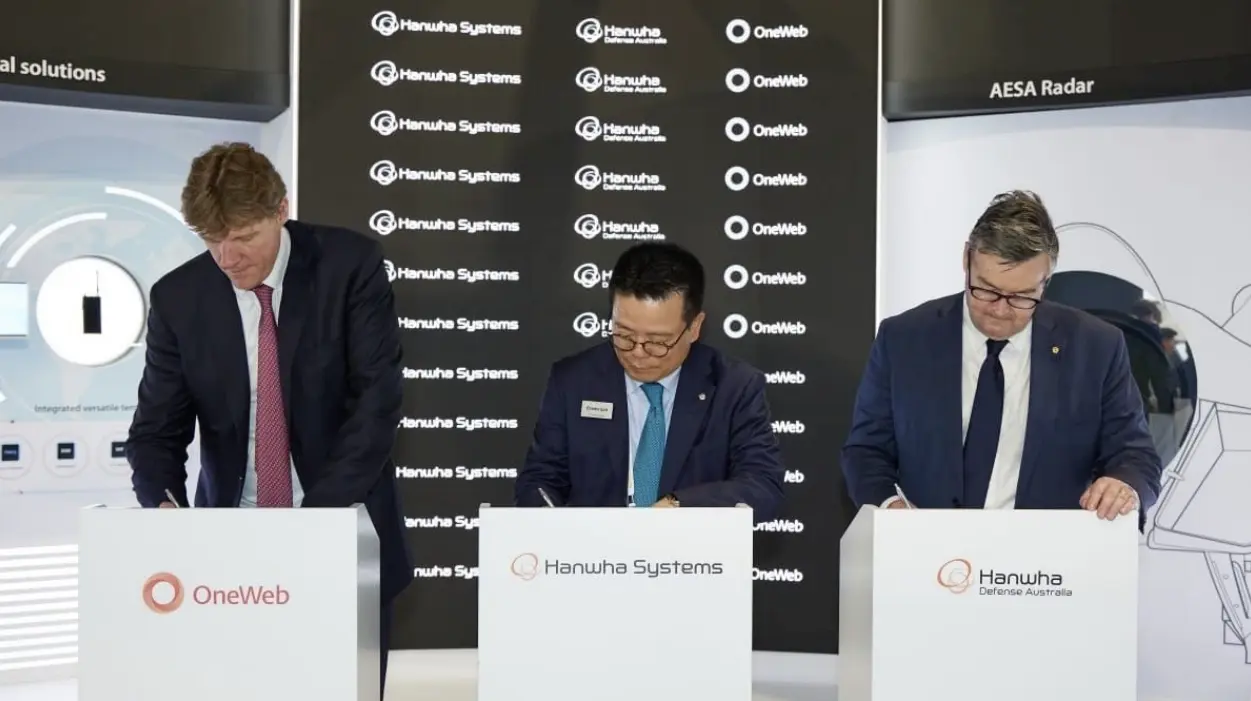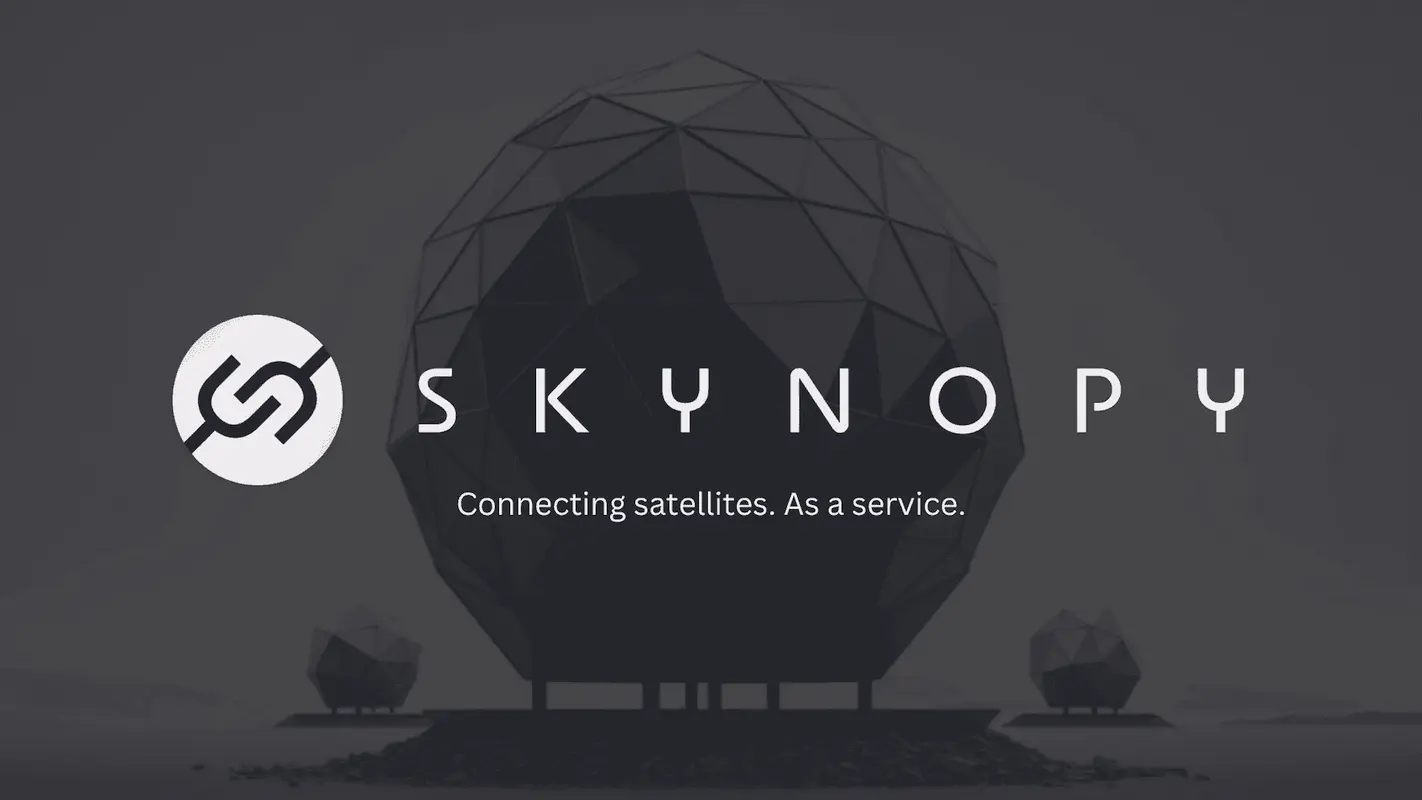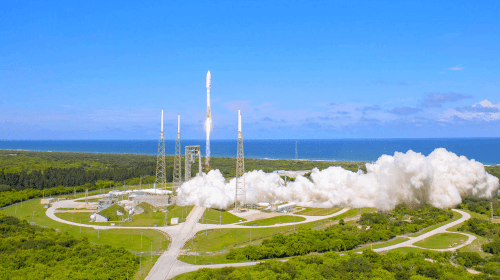Is Eutelsat Ready for the Korean Market Shift?
Jun 12, 2025
South Korea has made a significant move toward the revamping of its telecommunications industry, having authorized the use of low-earth orbit (LEO) satellite-based internet services in its national territory. The Ministry of Science and ICT declared that it had endorsed three international treaties permitting local telecommunications companies to form partnerships with international LEO satellite operators, including the most prominent example, the OneWeb constellation operated by Eutelsat.
 OneWeb and Hanwha executives sign MoU to expand satellite collaboration. Credit: OneWeb
OneWeb and Hanwha executives sign MoU to expand satellite collaboration. Credit: OneWeb
OneWeb is preparing to launch its services in Korea within weeks, as its commercial operations are anticipated to commence as soon as technical systems are completed. The shift not only signifies the entry of a key global player into the Korean market, but also represents a wider strategic effort by the country to assert itself in next-generation communications. Hanwha Systems is among Korea’s large defense and technology companies, and it has already established itself in the industry, investing in OneWeb in 2021 to the tune of $300 million, gaining an 8.8 percent share and a seat at the decision-making table.
The authorization marks a shift in the telecommunications industry in South Korea, which has traditionally been an oligopoly of SK Telecom, KT, and LG Uplus. According to industry watchers, the entry of OneWeb marks the start of a new era of competition in the domestic market that has been characterized by stability, or even stagnation. The relocation also serves Korea’s goals of being a leader in 6G technology, where LEO satellite networks are anticipated to be a part of the core infrastructure. All of this is done in an attempt to bridge the digital divide by bringing coverage to un-served or under-served areas, as well as allowing the creation of more robust and multi-layered network capabilities. The technical advantages of LEO systems over current Korean satellite-based infrastructure are obvious. At present, KT SAT operates the geostationary Mugunghwa satellite, orbiting at 35,000 kilometers and used in government and defense applications. It is reliable but has a high latency, as the signal takes a long time to travel. Instead, the satellites of OneWeb orbit closer to the Earth, between 200 and 2,000 kilometers, which allows providing faster internet with low latency.
In addition to connectivity, LEO satellite networks are emerging as strategic tools in international defense and diplomacy. The Russia-Ukraine war has proven the military usefulness of space-based internet, so the U.S. and its allies are adopting LEO services into their military infrastructure. China is actively building out its GuoWang constellation, which is projected to deploy 13,000 LEO satellites by 2035, and the European Union is looking to decrease dependence on foreign infrastructure with its IRIS2 program. In this regard, the regulatory approval in South Korea is not only an indication of the market opening up, but a measured move into the fray of the digital and geopolitical race to resilience in orbit. As the worldwide satellite internet sector is growing at a fast pace, the action taken by Korea can turn out to be very well-timed and ground-breaking for its technological sovereignty and economic competitiveness.





